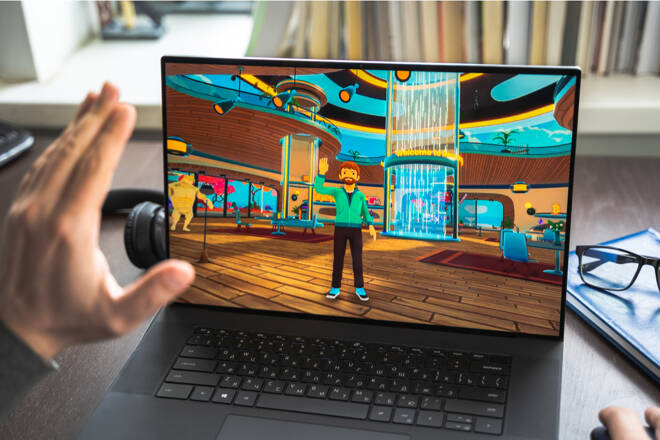Advertisement
Advertisement
How to Value Gaming Without Risk: Decoupling Blockchain Games from Financial Risk
By:
The Internet of Value is a growing experimental industry that built on earlier cryptocurrency startups. More than 50M active users connect to the Brave browser and extract token value from ad viewings.
More than 30M users are aware of the MetaMask wallet, and are ready to connect to the value pools afforded by complex, interconnected cryptocurrency networks.
As a game developer, it is very tempting to become a part of that network, to produce and extract value. But there are traps to be avoided in order to decouple the game from the still outsized financial risk.
Despite the complexity of open finance, there is no escaping from a simple equation: generating a surplus must come from either work or risk happening somewhere else. The Internet of value and open finance already has a long chain of value transfers. It is easy to confuse non-experts about the origin of that value and the real hidden risks.
Why Value Locked Matters
The concept of value locked measures the potential of decentralized finance systems to attract risk-takers and at some point, offer monetization. The question of cryptocurrency value is quite contentious, ranging between total denial of value and maximalism expecting crypto to replace all economic transactions.
The truth is somewhere in the middle – there is value and liquidity readily available, but it must be handled carefully. And each project must ask themselves will they add value, extract value, or worst – create a misleading expectation while destroying value.
How Gaming Brings Economic Activity and Reduces Risk
Gaming is a good fit for the emerging Internet of Value, as it offers a unique mix of content, engagement, branding and a source of constant activity. There is a prevalence of free-to-play games, bringing in more than 85% of gaming revenues.
The high growth potential, at more than 15% annually, led to the creation of more than 5,000 game creation studios, of which roughly half reside outside the USA, serving strong regional hubs such as Southeast Asia.
This intrinsic value, bringing together creative talent and players, can start to move into the transactional space opened up by cryptocurrency projects.
The NFT model showed the way with the potential to build hype and a fandom, but it stopped short of the richer world of games. Combining games with NFT turned out to be a successful model for some of the startups, showing the potential for character development as intrinsic value.
Open Finance: Outsized Risk and Returns Hurt a Game’s Potential
The big problem in the crossover of blockchains is the attempt to speed-run the value generation mechanism. This turns some games into de facto open finance projects. And those projects have multiple risks – from always needing a new inflow of users, to large-scale attempts to generate value out of thin air.
The crash of the Terra project, one of the biggest in this space, showed why the model is not viable and can destroy a game. At TimeShuffle, we believe the value should flow from the game itself, and not from the bubbly, uncertain and unregulated open finance market.
The Sandbox is one of the successful examples, coming from a decade of game building. This top game only added its blockchain component when it had an already established value generation tools: a metaverse map, interested players, social media community. So now The Sandbox offers perks and earnings, but only after securing an inflow of gamers, creators, studio collectives and brands interested in their metaverse project.
Once a game is tokenized, it adds an inevitable component of risk, especially in exchange-based trading or decentralized trading. But if the game is solidly built and attractive, and has a way of attracting a user base, it is not so easy to destroy the game’s value.
It is possible to use the technology for the Internet of value, and make use of the liquidity available, but this should only be an option once the game is already advanced along the path of development and has enough appeal on its own. The game itself should open up a viable virtual economy, instead of hoping for external risk-takers to bring liquidity for their asymmetric bets.
Konstantin Dinev, CEO at TimeShuffle
About the Author
Kostantin Dinevcontributor
Konstantin is the co-founder and hands-on leader of his own group of development companies. He has motivated and managed a growing team of experts across an ever-expanding technology stack.
Advertisement
